In this short guide, let's explain what VR screen door effect is and what improvements modern VR goggles have been getting.
What Is Screen Door Effect (SDE)?
Screen Door Effect is a mesh alike artifact while looking through the lenses. It looks like this:

Modern flat-panel displays use pixels with tiny individual elements on the panel. The space between each pixel is typically black, and it results in the black visual grid users see.
That’s the screen door effect.
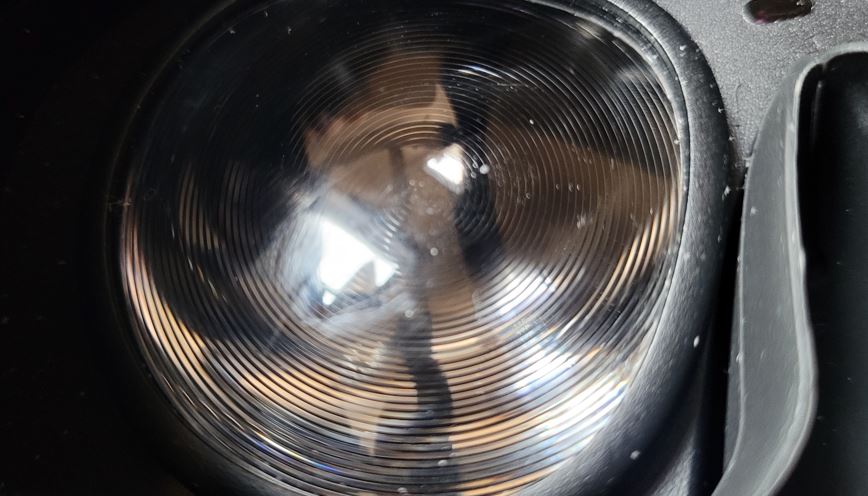
Different headsets have different screen door effect, and different content will look different.
In addition, people's eyes are different and some people may perceive the screen door effect differently.
For the most part, People trying VR for the first time might not even notice it until someone points it out to them.
Other VR Goggle Engineering Challenges
The VR device sits really close to the face, and it's impossible for the human eye to focus on what's on the screen. So a higher magnification glass is required to focus on something that close to the eyes.
Problem: High magnification lens is very thick and heavy
Solution: Fresnel lenses offer the same large magnification power without being heavy or thick.
Step of magnification appears that the fresnel lenses appear to have rings, and they cut down the thickness and the weight of the lens.
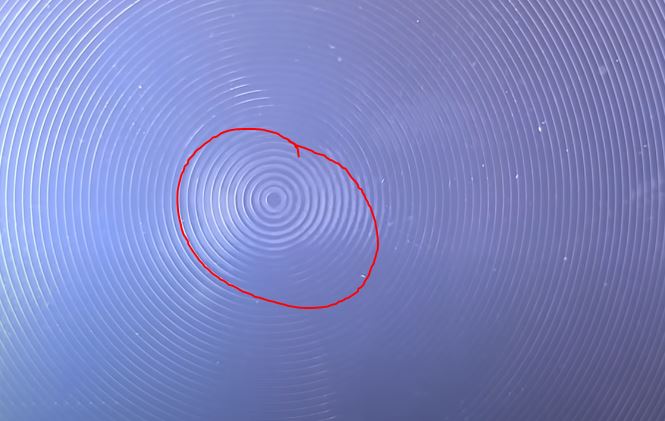
Another Problem: Only the center have the best vision clarity, and requires the perfection eye pupil alignment. Newer VR goggles feature auto IPD adjustment, much easier to set up, and it's better than manual.
Positioning of The Lens
The position of the lens has the same principle as looking through a peek hole. The closer the eye is to the sweet spot hole on the fresnel lens, the larger the view is.
The further away, the less view.
Users with long eye lashes or wear glasses need some type of spacers provided with the VR goggle.
How Does Screen Door Effect Affect Image Resolution?
High resolution displays have less noticeable SDE. The higher PPI (pixel per square inch), which means pixels are packed tightly together and there is less space between them.
When the space between pixels shrinks, the screen door effect becomes less noticeable, and it can be eliminated.
In another word, high resolution display is the answer.
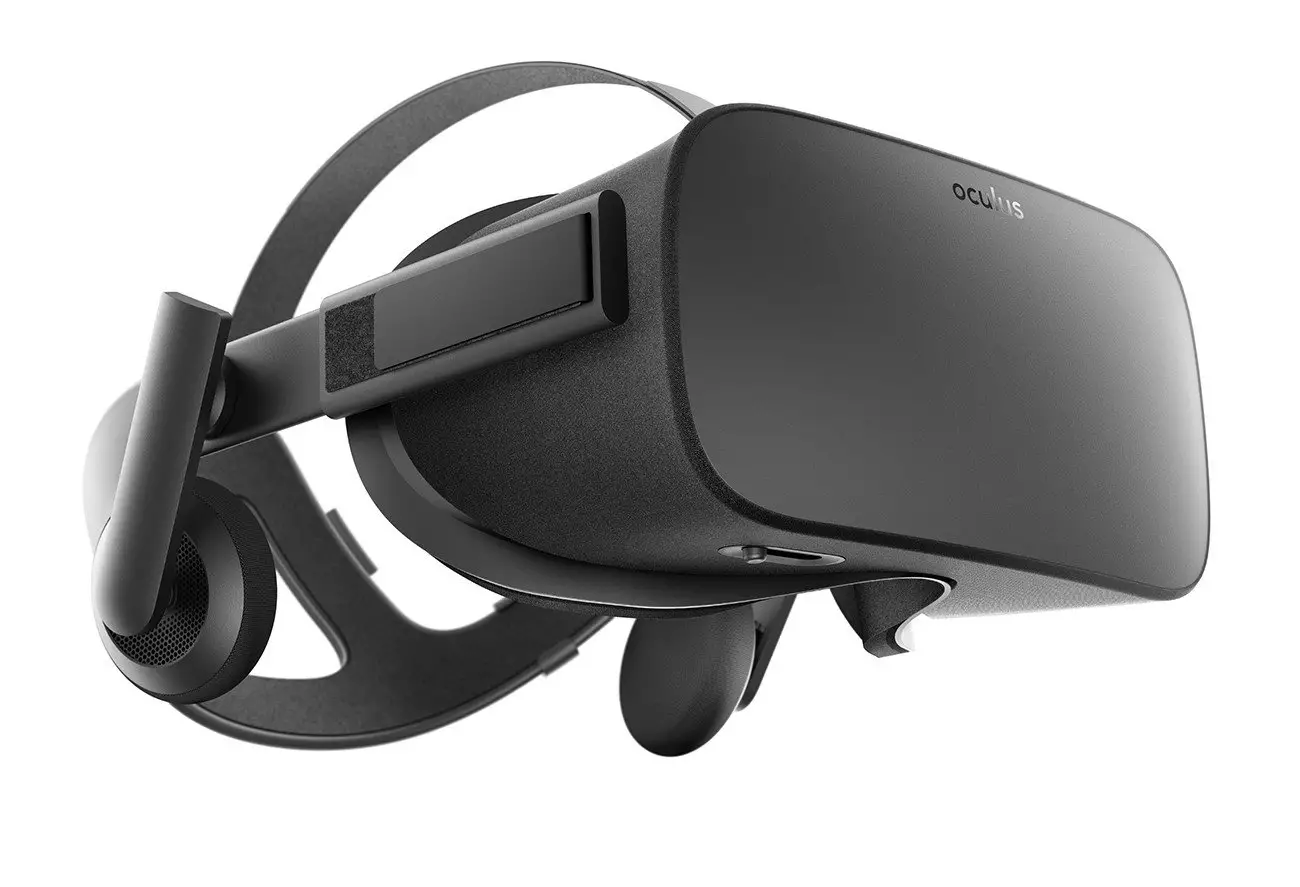
The first VR Oculus Rift goggle featured 2160 X 1200 resolution panels back in 2016.
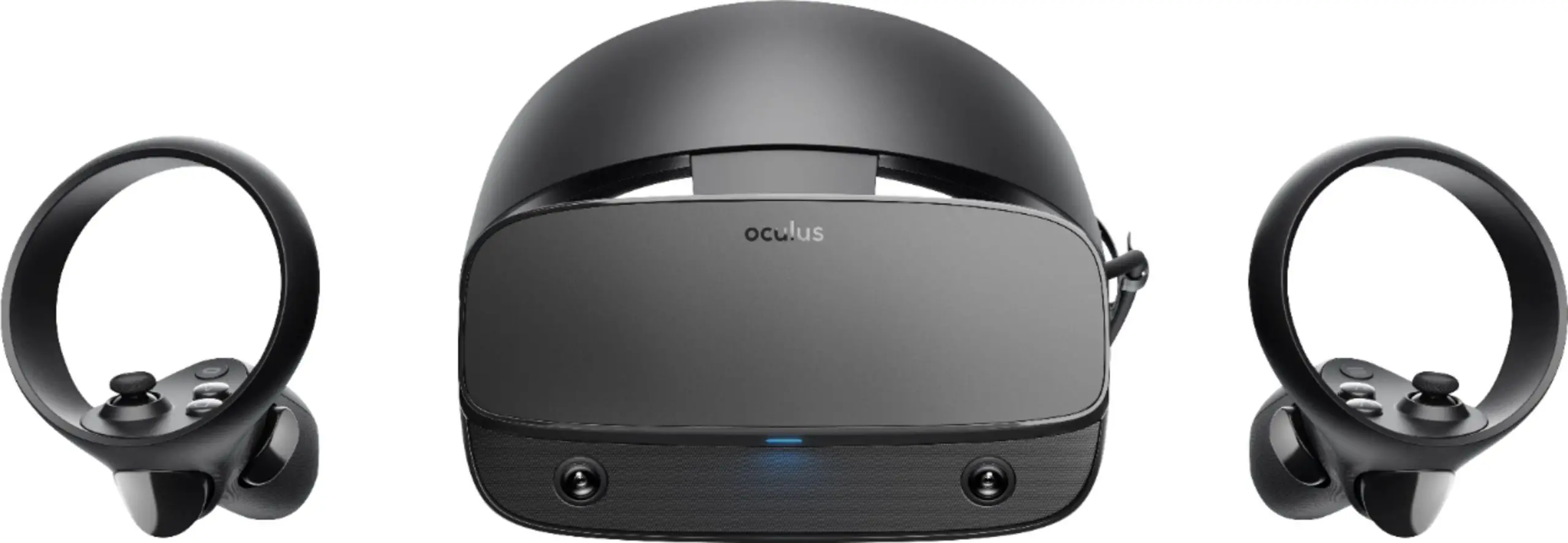
Oculus Rift S features 2560 X 1440 per eye
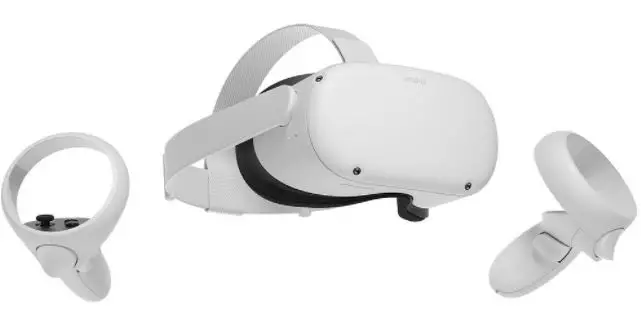
Oculus Quest 2 features 1832 X 1920 per eye
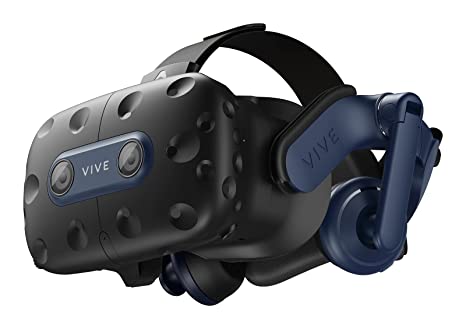
HTC VIVE Pro 2 features 2488 X 2488 per eye
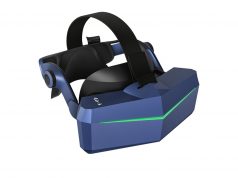
Now the highest resolution is up to 6K for each eye - Pimax 12K


